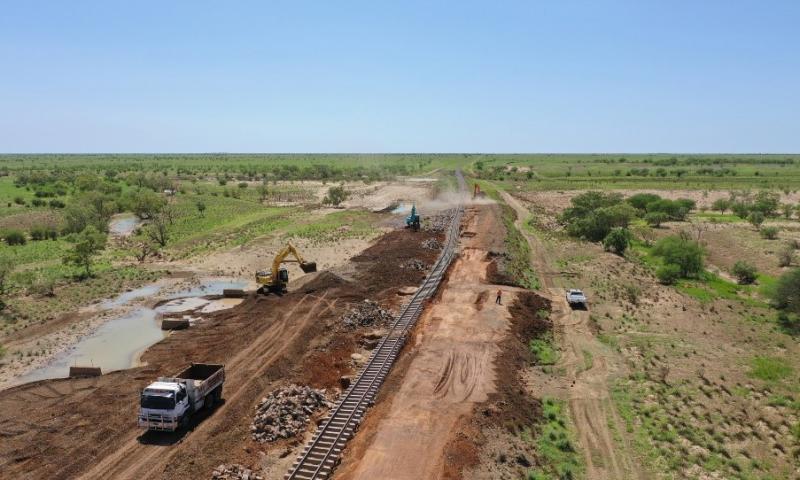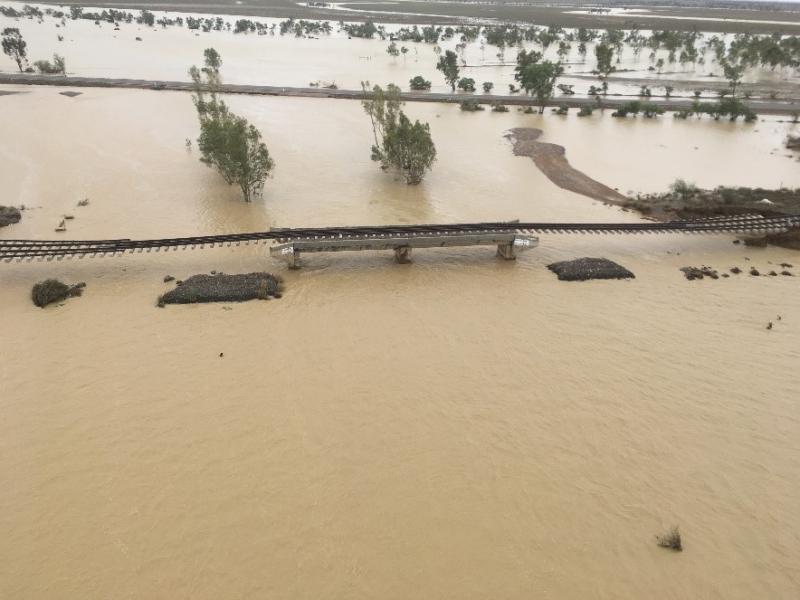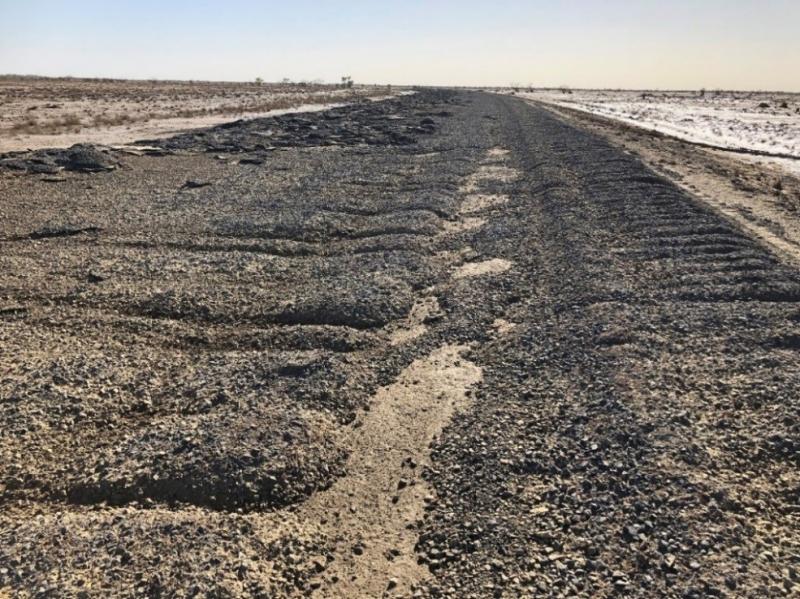Coordinated approach restores vital north-west transport connections
A coordinated inter-agency approach has restored critical rail and road links between north-west Queensland and the east coast.
After causing unprecedented flooding in the Townsville region in late January 2019, the monsoon trough tracked west, inundating vast areas of the state’s north-west and severely damaging significant parts of the Mount Isa Rail Line and Flinders Highway.
On the Mount Isa Line, rail infrastructure was washed away and a stowed freight train at Nelia affected, with one locomotive and 80 wagons observed at varying angles and some on their sides.
Engineers and recovery crews identified damage across 307 kilometres of track on the Mount Isa Line, with extreme erosion identified at 204 sites. This included approximately 40 kilometres of major track washouts and 20 kilometres of track scouring.
The flooding of the rail line impacted the transportation of freight and resources, causing considerable flow-on impacts to the road network, itself damaged considerably and requiring significant repairs from the event.
The 150-kilometre stretch of the Flinders Highway from Richmond to Julia Creek was cut when flooding washed away entire sections of the road pavement. A temporary detour was established via the Landsborough Highway and Winton–Hughenden Road to facilitate access, including for heavy freight vehicles.
Fast-tracking emergency repairs
The Department of Transport and Main Roads (TMR) worked closely with Queensland Rail (QR) and other agencies to understand impacts, respond quickly and keep the community and industry stakeholders informed.
To progress the rail response, a dedicated taskforce was created to lead the recovery of flood-damaged track on the Mount Isa Line between Richmond and Oorindi. More than 400 QR employees and contractors were mobilised to work on the repairs.
It was a dedicated team effort involving QR staff and contractors from across the state, in addition to TMR and the Department of Housing and Public Works who helped to establish temporary worker camps at Richmond and Julia Creek.
Queensland Rail worked closely with Pacific National on a recovery plan for their flood impacted train at Nelia, including implementing an environmental action plan. Recovery started immediately once site access became available, including removing debris from tracks, re-energising lines, fixing scours and washouts, and positioning ballast trains and crews for track repairs, to reinstate network access.
This included constructing a 1.2-kilometre rail deviation around the impacted train to allow resumption of trains through the area, limiting the impact of an extended recovery timeframe at the Pacific National train site.
At the same time, fast-tracking emergency works to reopen the Flinders Highway enabled access for flood recovery works on the Mt Isa Rail Line, expediting repairs and reducing economic impacts to Queensland through rail freight closures.
Water receded on 14 February 2019, revealing major damage on the Flinders Highway at Nelia. The following day, TMR began damage assessment and discussions to engage local councils and private construction companies to undertake emergency works.
Richmond Shire Council commenced works from the Richmond end of the road section. BMD crews mobilised from Townsville to undertake major works at Nelia, starting on 21 February 2019 and enabling the highway to be reopened on 27 February 2019.
Road crews worked under hot and challenging conditions to get the Flinders Highway back on line. In addition to emergency road repairs, crews had to remove and dispose of 68 cattle carcasses from the road reserve along the Flinders Highway.
Building back better
On the Mount Isa Line, more than 200 sites across 300 kilometres of track required repair, including 38 bridge abutments, the replacement of 47 kilometres of rail and 120,000 tonnes of ballast.
Queensland Rail (QR) made the most of the line’s closure to deliver large-scale rail maintenance activities such as rerailing and reconditioning works ahead of schedule while crews had unlimited access during the 11-week recovery operation.
This meant that when the line reopened to freight on 29 April 2019 QR could remove previous speed and axle load restrictions on upgraded sections, reducing freight travel times between Mount Isa and Townsville by up to 50 minutes.
The ambitious work schedule had been achieved ahead of time, with a total of 160,000 hours of labour going into restoring the line as quickly as possible.
The reopening of the entire rail corridor significantly reduced the number of truck movements on the Flinders Highway and increased the productivity and efficiency of the north west supply chain connecting industry to the Port of Townsville, supporting the Queensland economy.
TMR also took the opportunity to build for future resilience on the Flinders Highway.
Following detailed damage assessments, reconstruction works began in late September 2019 to repair flood-damaged pavement sections of the Flinders Highway in the Hughenden to Richmond and Richmond to Julia Creek sections. Further road rehabilitation then commenced on other sections in October 2019.
TMR also delivered two Flinders Highway betterment projects funded through the 2019 Betterment Program to improve flood resilience on this critical route. Works at key locations between Hughenden and Richmond, and at Nelia, involved stabilising damaged pavement and undertaking shoulder repairs and drainage works to reduce the risk of damage in future floods.
A total of almost 22 kilometres was reconstructed or improved, with all Flinders Highway works completed in December 2019, prior to the wet season.


